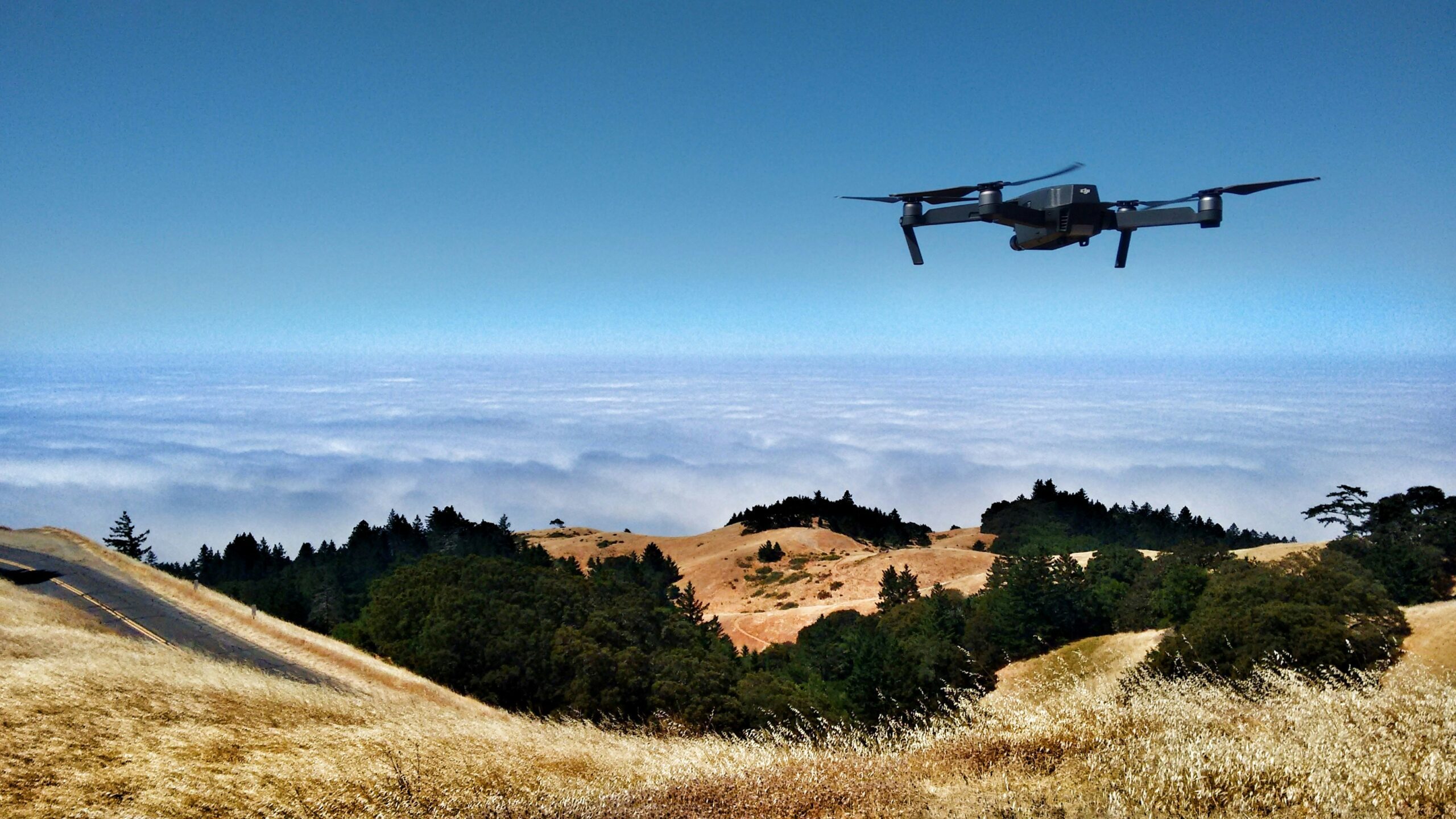Introduction:
Infrared Drone Camera, Unmanned Aerial Vehicles (UAVs), commonly known as drones, have become indispensable tools in various fields, from surveillance and cinematography to agriculture and research. One of the key advancements in drone technology is the integration of infrared (IR) cameras, particularly thermal imaging cameras. This article delves into the capabilities and applications of drones equipped with infrared cameras, shedding light on their diverse uses both above and below the surface.
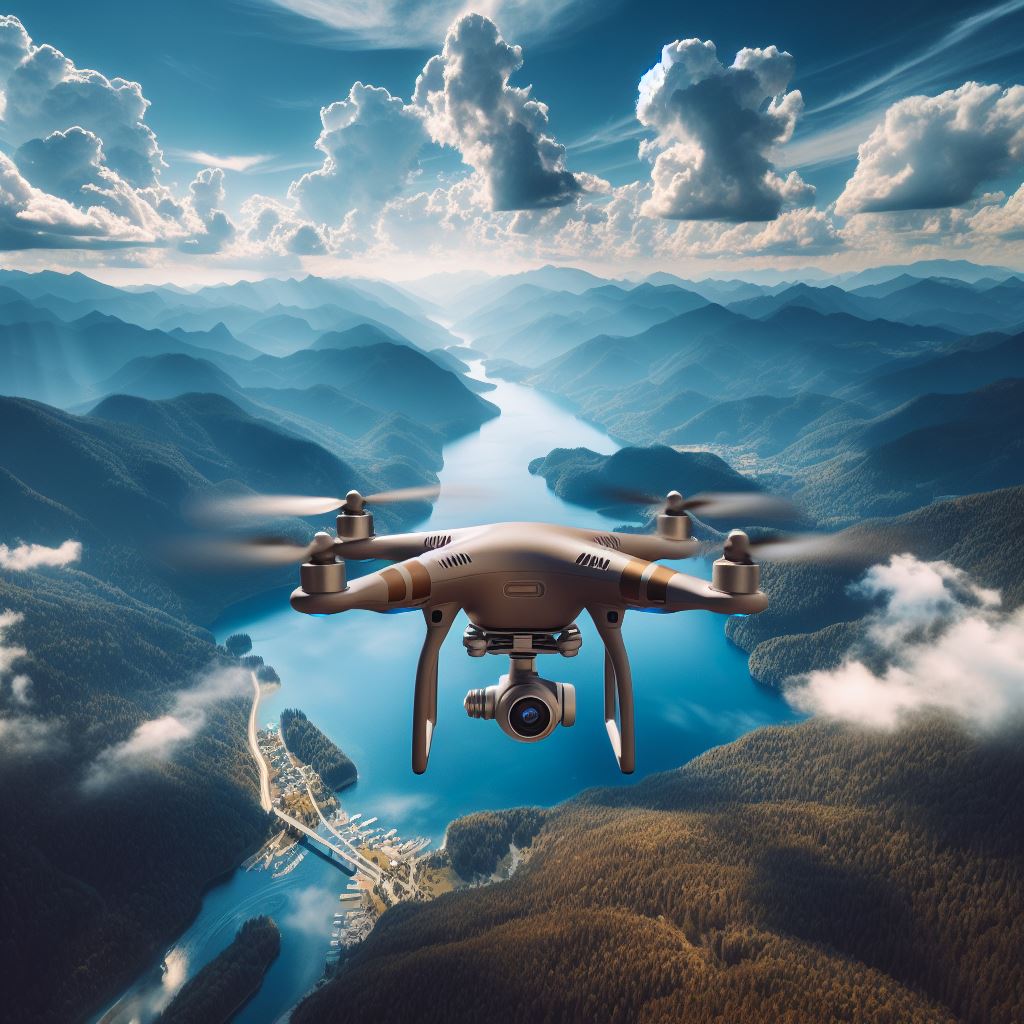
Infrared Drone Camera Technology:
Infrared drone cameras, equipped with thermal imaging sensors, operate by detecting and capturing the heat signatures emitted by objects. Unlike traditional cameras that rely on visible light, these cameras enable users to visualize temperature variations, making them invaluable in scenarios where visibility is limited, such as low-light conditions or dense foliage.
Applications in Aerial Surveillance:
Drones with infrared cameras find extensive use in aerial surveillance. Law enforcement agencies and security professionals deploy these drones for monitoring large areas, tracking individuals, and identifying potential threats in real-time. The thermal imaging capabilities allow for efficient detection of heat sources, making these drones crucial in search and rescue missions, border patrol, and disaster response.
Precision Agriculture:
In the realm of agriculture, drones equipped with infrared cameras are transforming the way farmers manage their crops. These advanced devices assist in monitoring crop health, detecting irrigation issues, and assessing the effectiveness of pest control measures. By capturing thermal images, farmers can identify temperature variations across their fields, enabling precise decision-making for optimal yield.
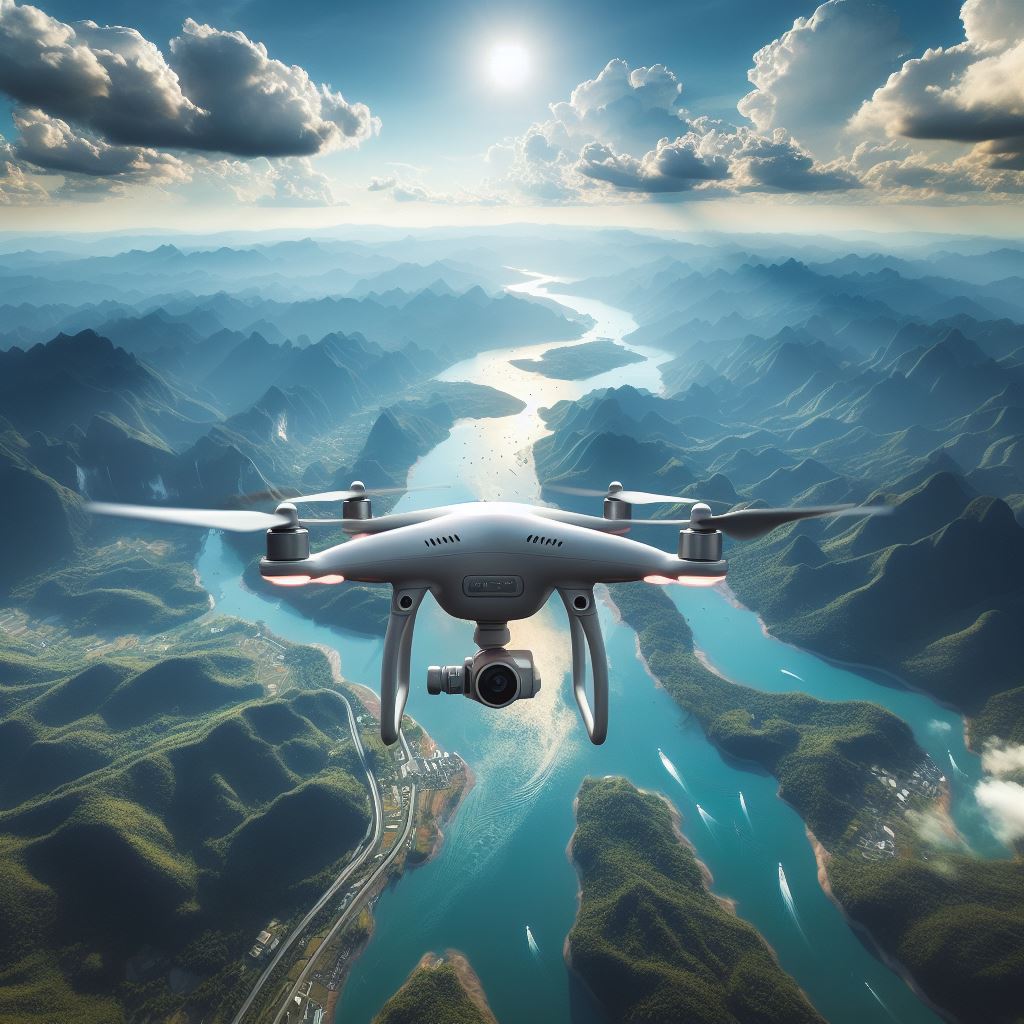
Search and Rescue Operations:
The integration of infrared cameras on drones has revolutionized search and rescue operations. In disaster-stricken areas or dense wilderness, these drones can quickly locate individuals by detecting their body heat. This capability significantly enhances the efficiency of rescue missions, reducing response times and increasing the likelihood of successful outcomes.
Underwater Drone with Camera:
Expanding beyond aerial applications, infrared technology has also made its way into underwater drones. These drones, equipped with specialized IR cameras, open up new possibilities for exploring and studying aquatic environments. Researchers, marine biologists, and environmentalists can utilize these devices to study underwater ecosystems, monitor marine life, and assess the health of coral reefs.
Advancements in Thermal Imaging Technology:
The effectiveness of drones with infrared cameras can be attributed to the continuous advancements in thermal imaging technology. Modern thermal sensors provide higher resolution and sensitivity, enabling drones to capture clearer and more detailed thermal images. This improvement in technology enhances the overall performance of the drones, making them even more reliable for a wide range of applications.
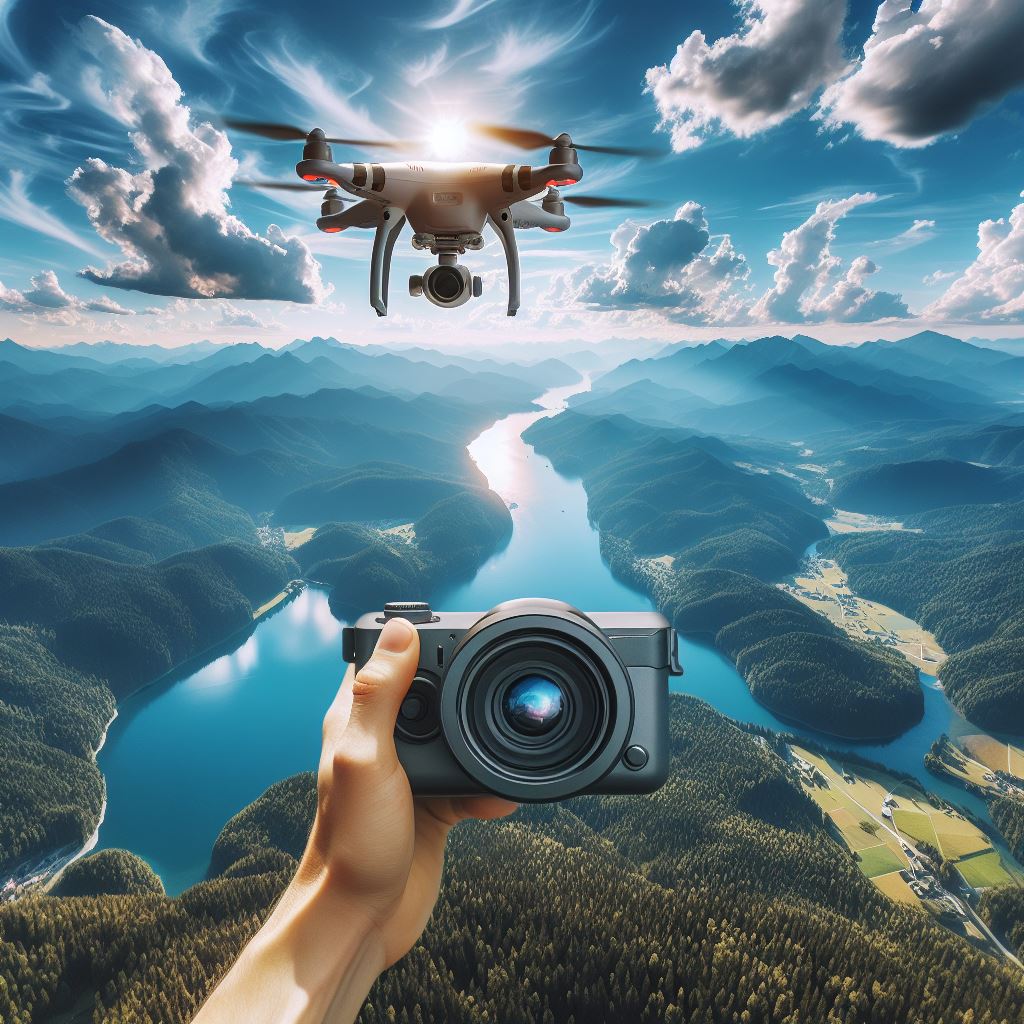
Wildlife Conservation and Monitoring:
In the realm of wildlife conservation, drones equipped with infrared cameras play a crucial role in monitoring and protecting endangered species. Researchers use these devices to track animal movements, conduct population surveys, and identify nesting sites. The non-intrusive nature of drones allows scientists to observe wildlife behavior without causing disruption, contributing to more accurate and ethical research practices.
Firefighting and Disaster Management:
Another vital application of infrared drone cameras lies in firefighting and disaster management. Firefighters utilize these drones to assess the extent of wildfires and identify hotspots, enabling more strategic deployment of resources. In disaster-stricken areas, drones equipped with thermal imaging cameras aid in locating survivors trapped in debris or collapsed buildings, guiding rescue teams to critical points efficiently.
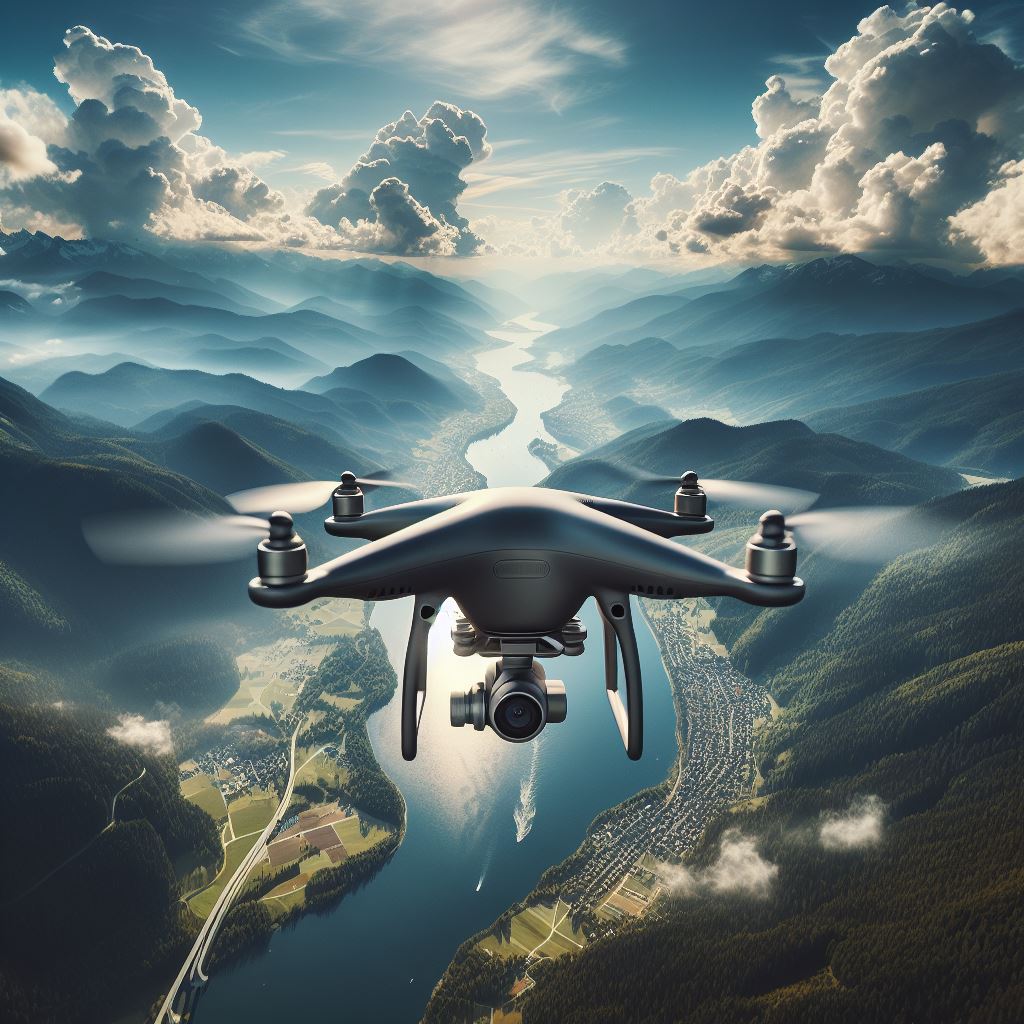
Energy Efficiency in Construction and Infrastructure:
In the construction and infrastructure sectors, drones with infrared cameras are employed to enhance energy efficiency. These devices can identify insulation gaps, detect leaks, and assess the structural integrity of buildings. By providing valuable insights into energy consumption and potential issues, drones contribute to sustainable construction practices and reduce long-term maintenance costs.
Law Enforcement and Anti-poaching Efforts:
Law enforcement agencies worldwide leverage the capabilities of infrared drones to combat illegal activities such as poaching. The ability to track suspects in challenging terrains or during the cover of darkness significantly improves the effectiveness of anti-poaching efforts. In addition, the discreet and swift nature of drones aids in minimizing risks to law enforcement personnel during operations.
Challenges and Future Developments:
While the integration of infrared cameras on drones has brought about numerous benefits, challenges such as cost, regulatory restrictions, and the need for skilled operators still exist. As technology continues to evolve, addressing these challenges becomes crucial. Future developments may involve the incorporation of artificial intelligence to automate data analysis and improve the overall efficiency of drones with infrared cameras.
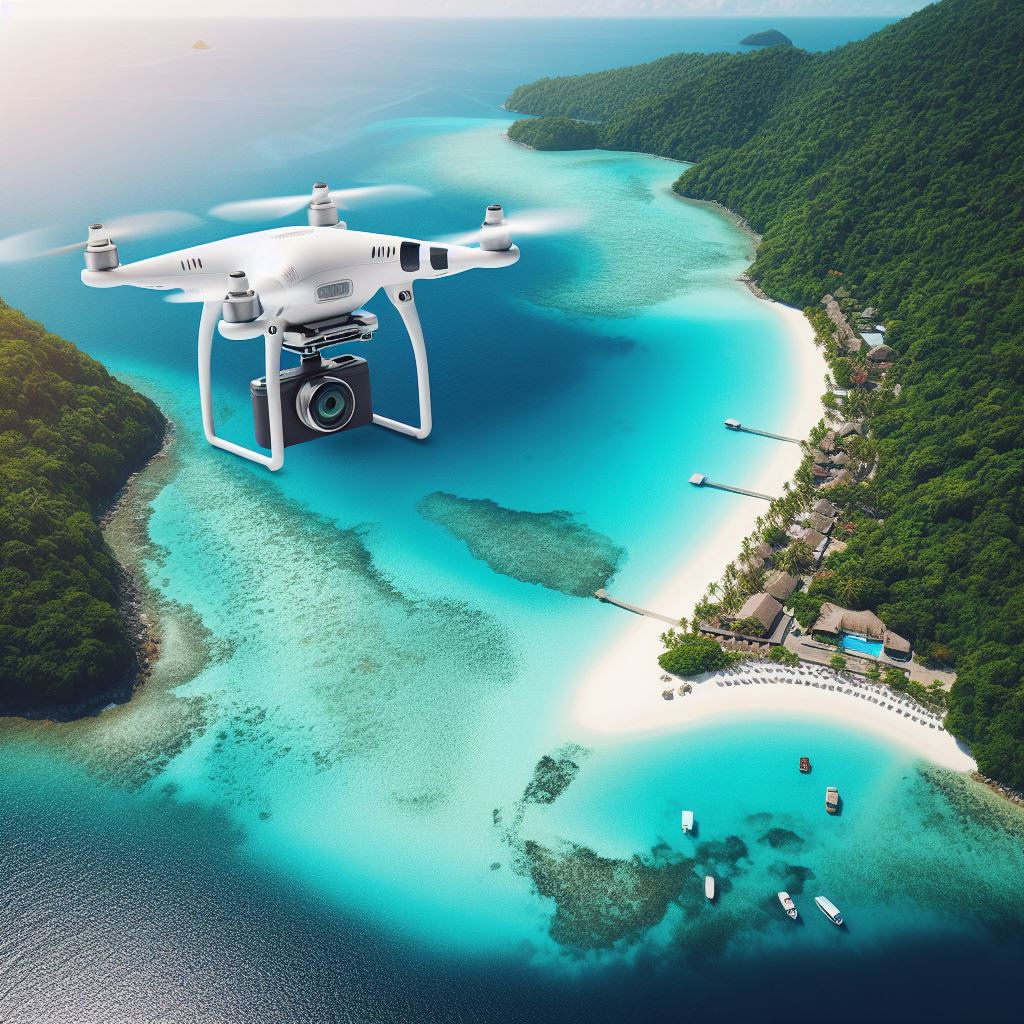
The marriage of drones and infrared cameras represents a technological synergy that is reshaping industries and providing solutions to complex challenges. The versatility of these devices continues to expand, offering new possibilities for innovation and improvement across various sectors. As we look to the future, it is evident that drones with infrared cameras will remain at the forefront of technological advancements, continually pushing the boundaries of what is achievable.
Environmental Monitoring and Pollution Control:
Drones equipped with infrared cameras are becoming indispensable tools for environmental monitoring and pollution control. These devices aid in identifying and tracking sources of pollution, whether it be chemical leaks, oil spills, or air quality issues. By providing real-time thermal imaging data, these drones empower environmental agencies to respond promptly to environmental threats, minimizing the impact on ecosystems and public health.
Infrastructure Inspection and Maintenance:
In the field of infrastructure inspection, drones with infrared cameras are proving to be invaluable for assessing the condition of critical assets such as bridges, pipelines, and power lines. The thermal imaging capabilities allow inspectors to identify potential defects, overheating components, or areas of structural weakness that may not be visible through traditional methods. This proactive approach to maintenance enhances the safety and longevity of infrastructure systems.
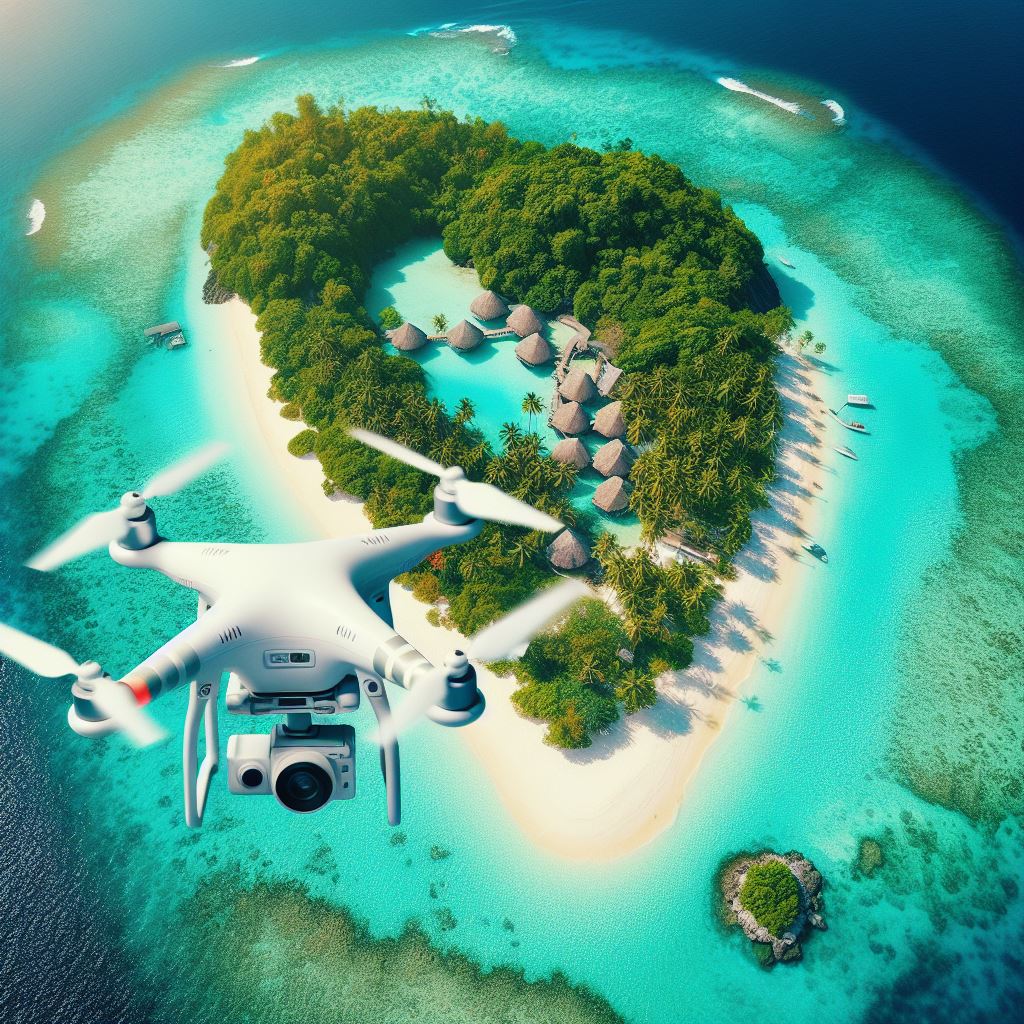
Precision Fishing with Underwater Drones:
In addition to exploring the underwater realm, drones equipped with infrared cameras have found applications in precision fishing. Underwater drones equipped with specialized cameras can detect the presence of fish based on their heat signatures. This technology assists commercial and recreational fishermen in identifying optimal fishing spots, reducing fuel consumption, and promoting sustainable fishing practices.
Precision Medicine in Agriculture:
In agriculture, the marriage of drones and infrared cameras is facilitating the move towards precision farming. These drones provide farmers with detailed information about soil health, crop growth, and pest infestations. By analyzing thermal images, farmers can make informed decisions about irrigation, fertilizer application, and pest control, leading to more efficient and sustainable agricultural practices.
Public Health and Disease Control:
Amid global health concerns, drones with infrared cameras have emerged as valuable tools for public health and disease control. Infrared technology can be used to measure body temperature remotely, aiding in the early detection of potential outbreaks. In crowded areas such as airports or public events, drones equipped with thermal imaging cameras can quickly and non-invasively identify individuals with elevated body temperatures, helping to prevent the spread of infectious diseases.
Some Major Points:
Contactless Temperature Monitoring:
Drones equipped with infrared cameras have become instrumental in contactless temperature monitoring, especially in densely populated areas. This technology allows health authorities to quickly and efficiently screen individuals for elevated body temperatures, a potential indicator of infectious diseases.

Emergency Response Planning:
In the event of a public health emergency, such as a pandemic or outbreak, drones with infrared cameras play a crucial role in emergency response planning. They can be deployed to monitor quarantine zones, identify hotspots of infection, and assess the effectiveness of containment measures, providing real-time data for decision-making.
Large-Scale Crowd Monitoring:
Infrared Drone Camera, During public gatherings or events, drones can aid in large-scale crowd monitoring with thermal imaging. This capability is particularly relevant for identifying and isolating individuals with abnormal body temperatures, allowing for swift intervention to prevent the potential spread of contagious diseases in crowded spaces.
Rapid Deployment in Remote Areas:
Drones with infrared cameras are valuable in reaching remote or difficult-to-access areas quickly. This is especially important for monitoring and controlling the spread of diseases in regions where traditional healthcare infrastructure may be limited. Drones can provide timely information to health authorities for effective intervention.
Supply Chain Surveillance:
Drones can contribute to the surveillance of supply chains related to healthcare and disease control. They can monitor the transportation of medical supplies, vaccines, and other critical resources, ensuring the integrity of the supply chain and preventing disruptions that could impact public health efforts.
Environmental Monitoring for Disease Vectors:
Infrared Drone Camera, In disease control, understanding the habitat and behavior of disease vectors is crucial. Drones with infrared cameras can be employed to survey and monitor areas prone to hosting disease-carrying vectors, such as mosquitoes. This data aids in implementing targeted control measures to mitigate the risk of vector-borne diseases.
Education and Public Awareness:
Drones with infrared cameras can contribute to public health education and awareness campaigns. By capturing and disseminating visual data on the effectiveness of hygiene practices, mask-wearing, and social distancing, these drones can assist in promoting public compliance with health guidelines.
Data Analytics and Pattern Recognition:
The data collected by drones with infrared cameras can be subjected to advanced analytics and pattern recognition algorithms. This enables health authorities to identify trends, predict potential outbreaks, and implement preemptive measures to control the spread of diseases before they escalate.
International Health Surveillance:
Infrared Drone Camera, Drones equipped with infrared cameras can enhance international health surveillance efforts. By monitoring border areas and transportation hubs, they can assist in early detection of potential outbreaks, allowing for coordinated responses and preventive measures on a global scale.
Remote Patient Monitoring:
In situations where individuals are under quarantine or isolation, drones with infrared cameras can be used for remote patient monitoring. They can visually assess patients’ well-being, delivering vital information to healthcare professionals without direct physical contact.
Education and Research:
The integration of infrared cameras on drones has also opened up new avenues for education and research. Students and researchers can utilize these devices to study ecosystems, conduct experiments, and gain hands-on experience in various scientific disciplines. The accessibility of drone technology equipped with infrared cameras democratizes scientific exploration, fostering innovation and curiosity in the next generation of scientists and engineers.
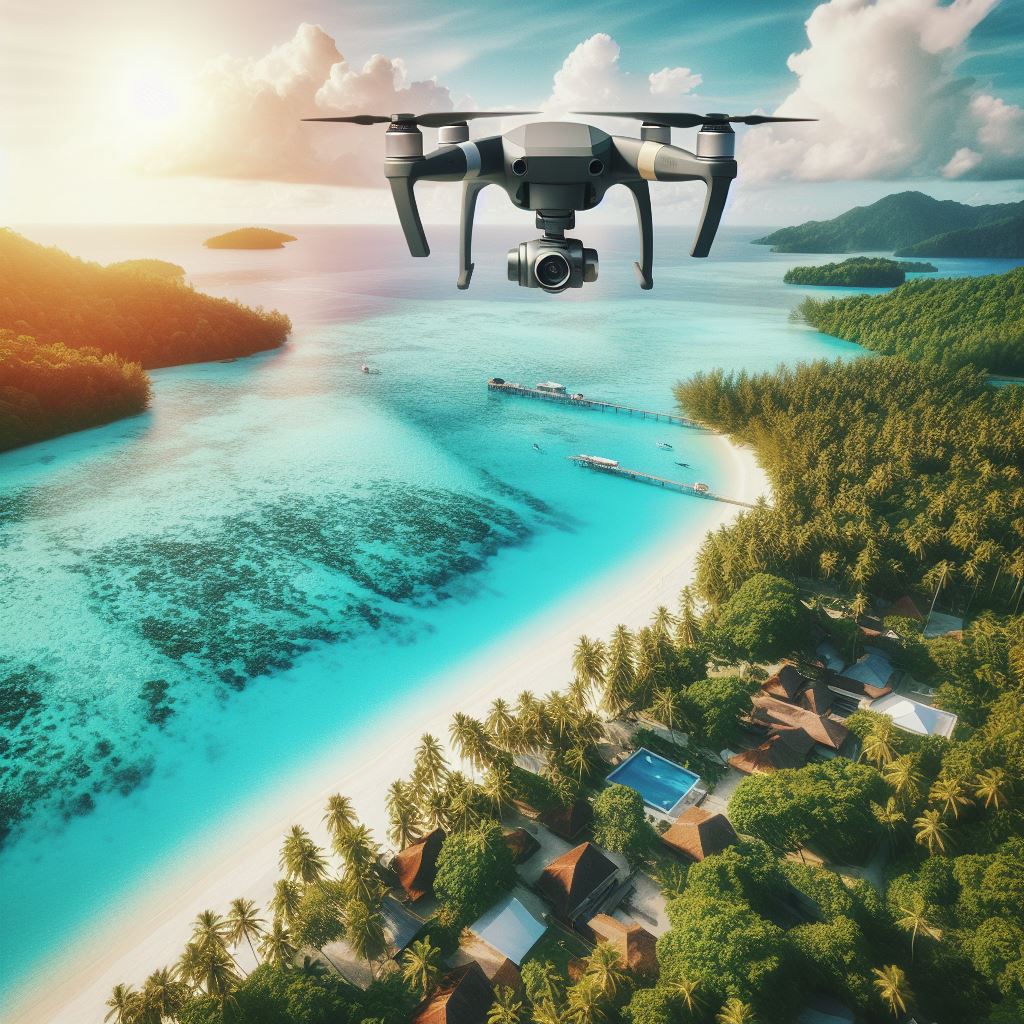
Conclusion:
Infrared Drone Camera, The integration of infrared cameras into drone technology has broadened the scope of applications, making these devices indispensable across various industries. From enhancing surveillance capabilities to revolutionizing agriculture and facilitating underwater exploration, drones with infrared cameras have proven to be versatile tools. As technology continues to advance, we can expect further innovations that will push the boundaries of what these remarkable devices can achieve in both the skies and the depths of our oceans.
Read More: Travel journal: Exploring the World Without a Passport
FAQs:
Drones with infrared cameras are designed to capture thermal images, enabling applications such as surveillance, agriculture monitoring, and search and rescue operations.
Infrared cameras on drones aid in contactless temperature monitoring, large-scale crowd surveillance, and rapid response planning during public health emergencies.
Yes, these drones are essential for identifying and tracking sources of pollution, assessing infrastructure integrity, and monitoring wildlife habitats.
These drones assist in precision farming by providing farmers with insights into soil health,
crop conditions, and pest infestations through detailed thermal imaging.
While regulations exist, advancements in technology and ongoing collaboration with
aviation authorities aim to address challenges, ensuring responsible and legal use of these devices.

